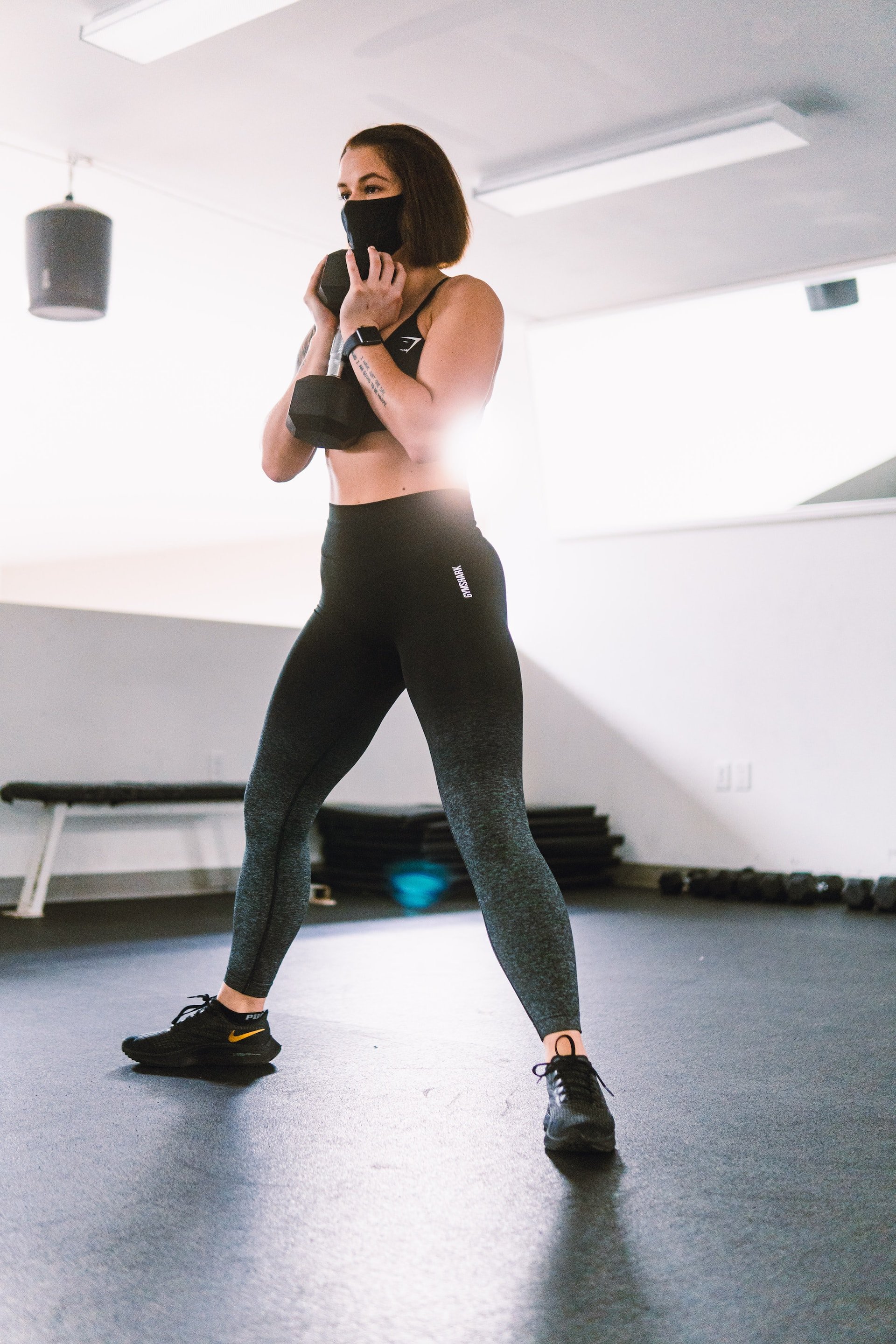Countless studies have lent their voice to this profound concept, showing how integrating these movements into our daily lives can prolong the aging process.
Fitness, wellness
This very convenience that surrounds us is a double-edged sword, and subtly erodes our health and vitality over time.
As we age, staying active becomes increasingly important for maintaining our health. Keeping a healthy weight and building muscle strength can improve our quality of life as we grow older. Losing extra weight makes it easier to move around and reduces strain on our bones. Building muscle helps support our bodies, making it easier to stay active and face challenges as we age. By staying active, we can enjoy life more fully and improve our overall well-being. Our bodies are designed for movement, just like our ancestors who relied on physical activity for survival.
In today's world, it's easy to become sedentary due to desk jobs and modern conveniences. However, prioritizing movement is key to living a healthier and happier life. In today's world, we no longer have the same physical demands that our ancestors did for survival. That's why it's important to make a conscious effort to stay active and strong. By incorporating ancient movement patterns into our lives, we can improve our balance, coordination, and overall health. Let's explore these six patterns and discover the potential they hold for shaping our journey as we age.
Squat
Masked woman working out in a gym insta: @sichpicsss. Photo: gettyimages.com
The squat is a versatile movement pattern that primarily targets the muscles of the lower body, including the quadriceps, hamstrings and glutes. It involves bending the knees and hips while maintaining a stable torso. Squats can be performed using various equipment, such as a barbell, dumbbells, or a kettlebell. If you don't have access to equipment, you can perform bodyweight squats. Stand with your feet shoulder-width apart, lower your hips down and back as if sitting into a chair, and then return to the starting position.
Hinge
The hinge movement exercise. Photo @trishdfit
The hinge movement pattern emphasizes the posterior chain, including the glutes, hamstrings, and lower back. It involves hip flexion and extension while keeping the spine straight. A common exercise that involves the hinge pattern is the deadlift. Deadlifts can be performed with a barbell, dumbbells, or a kettlebell. In the absence of equipment, you can perform a bodyweight hinge movement by standing with your feet hip-width apart, hinging at the hips while keeping your back straight, and then returning to the starting position.
Lunge
Fitness lesson x Fashion Week 2k21. Photo: Big Dodzy
The lunge is a dynamic movement pattern that targets the muscles of the lower body, particularly the quadriceps, hamstrings, glutes, and calves. It involves stepping forward or backward and bending both knees to lower the body toward the ground. Lunges can be performed with or without equipment. To add resistance, you can use dumbbells or a barbell. If you don't have equipment, you can perform bodyweight lunges by stepping forward or backward, lowering your body until both knees are at a 90-degree angle, and then returning to the starting position.
Push
Push up dumbells exercise. Photo: Vladimir Sukhachev / Shutterstock
The push movement pattern involves pushing an object away from the body, primarily targeting the muscles of the chest, shoulders, and triceps. Common exercises that incorporate the push pattern include push-ups, bench presses, and shoulder presses. For equipment-based push exercises, you can use a barbell, dumbbells, or resistance bands. If equipment is not available, you can perform bodyweight push-ups by starting in a high plank position, lowering your body to the ground by bending your elbows, and then pushing back up to the starting position.
Pull
Pull-up bar movement exericse. Photo: Edgar Chaparro
The pull movement pattern focuses on pulling an object toward the body or pulling the body towards an object, engaging the muscles of the back, biceps, and forearms. Common pull exercises include pull-ups, rows, and lat pulldowns. These exercises can be performed using equipment such as a pull-up bar, dumbbells, or resistance bands. If you lack equipment, you can do bodyweight pull-ups by finding a sturdy horizontal bar, gripping it with your hands shoulder-width apart, and pulling your body up until your chin is above the bar.
Carry
Body builder @CrowterSix Photo: @VisualsByRoyalZ
The carry movement pattern involves holding and walking with an object, challenging your grip strength and core stability. Carries can be performed with various equipment, including dumbbells, kettlebells, or farmer's walk handles. If you don't have equipment, you can perform a bodyweight carry by holding heavy objects like water jugs or backpacks filled with books and walking for a specified distance or time, focusing on maintaining an upright posture and engaging your core muscles.
In Conclusion
Whether you're an athlete pushing for peak performance, a fitness enthusiast seeking vitality, or a beginner starting your fitness journey, these six basic movement patterns are essential for unlocking your potential and maximizing your training results.
Incorporating these exercises engages multiple muscle groups, improving strength, stability, and coordination. Together, they enhance overall fitness and movement quality while reducing the risk of imbalances and injuries. Invest in your future by prioritizing these movements today! We trust you found this article on the six foundational movement patterns inspiring and informative!
Source
A Systematic Review and Meta-Analysis of the Effects of Functional Fitness Training on Physical Function in Older Adults (2019) by Santos-Lopes et al.: https://pubmed.ncbi.nlm.nih.gov/31084365/ (seen on 06/23)
Sedentary Behavior and Mortality from All Causes, Cardiovascular Disease, and Cancer: Systematic Review and Meta-Analysis (2011) by Lee et al.: https://pubmed.ncbi.nlm.nih.gov/21747300/ (seen on 06/23)
The Importance of Ancestral Movement Patterns for Human Health and Longevity" (2017) by Pontzer et al.: https://pubmed.ncbi.nlm.nih.gov/28028435/ (seen on 07/23).
✩✩✩
Slow down the ageing process. Train and enhance your brain age. Discover your biological age. Ongoing health assessment

















Discover how running sharpens your mind, boosts mood, and fosters personal growth, discipline, and real-life connections.